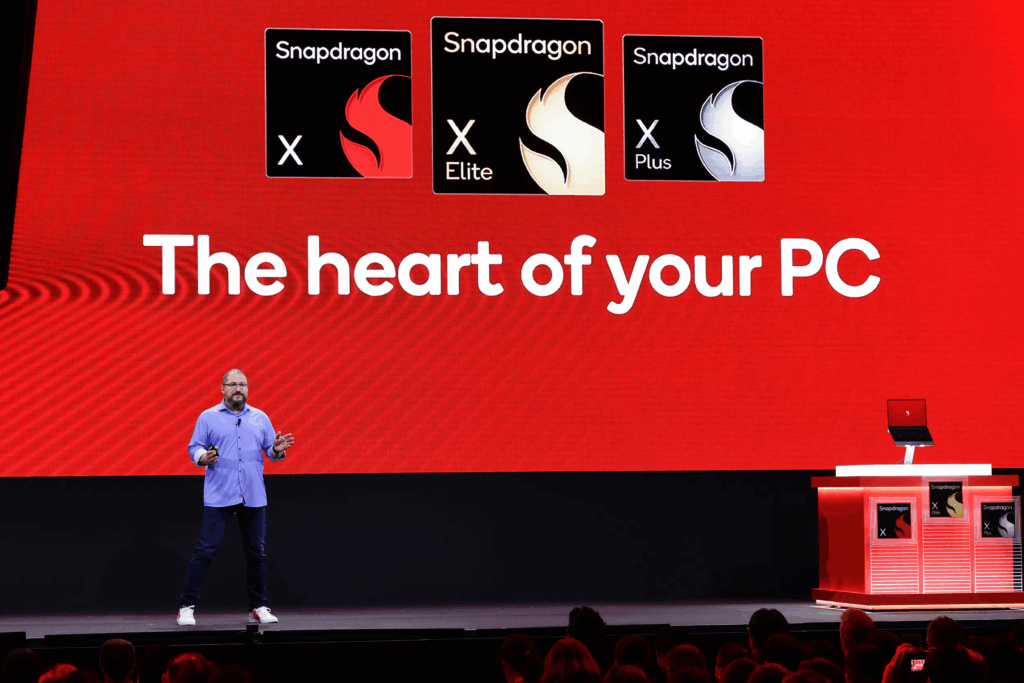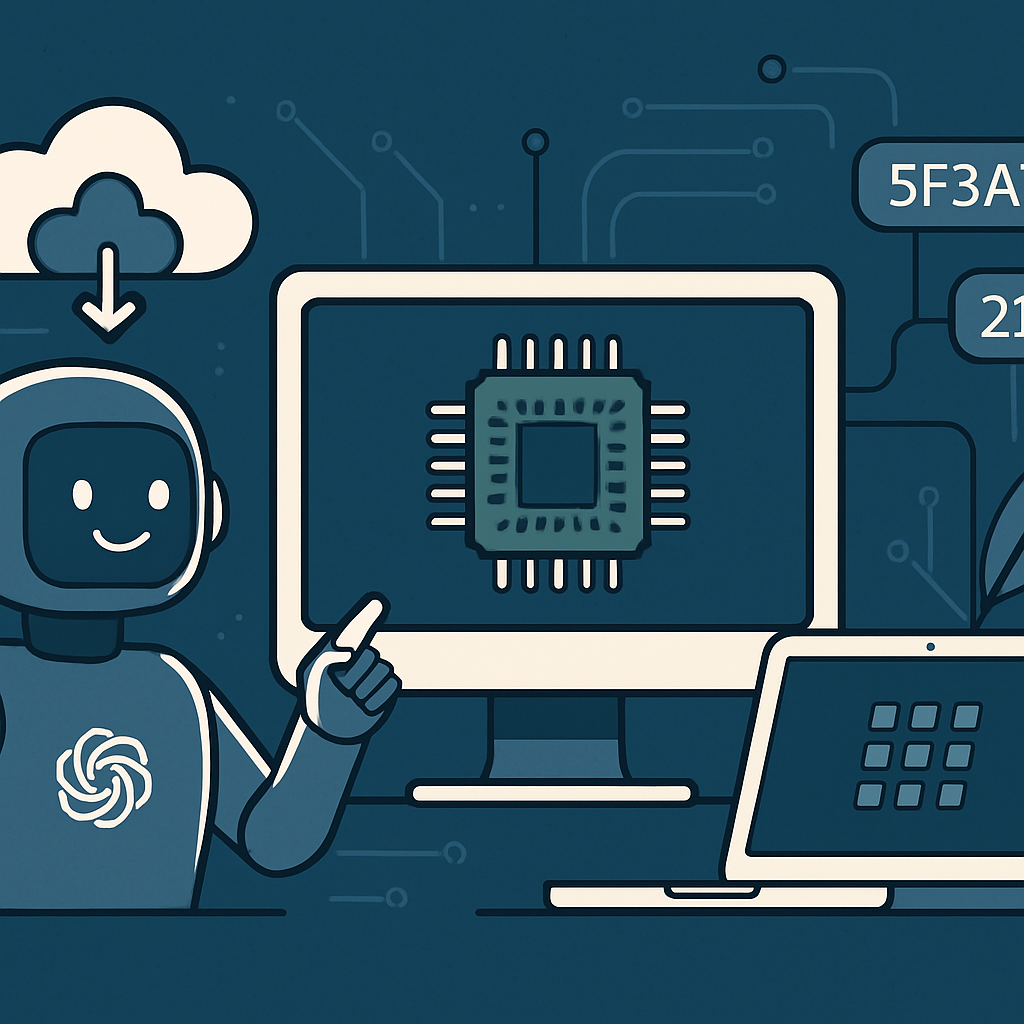At Computex 2025 in Taiwan, two tech giants showcased key advances in AI and computing. Microsoft announced it is adding Grok 3 and Grok 3 mini AI models from Elon Musk’s xAI to its Azure AI Foundry. Meanwhile, Qualcomm laid out its bold plan to deepen its grip on the Windows PC market with Snapdragon X-powered laptops optimized for on-device AI.
What’s Happening & Why This Matters
Microsoft’s integration of Grok into Azure signals the company’s opportunistic approach to embracing AI models with diverse capabilities — even those with a controversial past. Qualcomm’s keynote highlighted its progress in growing the Arm-based Windows ecosystem, aiming to challenge Intel and AMD dominance with over 85 Snapdragon laptop designs launched or in development.
Grok’s Arrival on Azure
Microsoft CEO Satya Nadella introduced the new AI models during Build 2025, with xAI CEO Elon Musk appearing in a video cameo. Grok 3 and its mini variant will be hosted and billed directly by Microsoft, meeting the platform’s stringent service-level agreements.

Despite Grok’s history of controversial outputs, Microsoft urges developers to test and provide feedback, underscoring Grok’s growing presence in the AI ecosystem. Microsoft still relies primarily on OpenAI’s GPT-4o models for its flagship Copilot AI tools.
This move highlights Microsoft’s willingness to integrate a broad range of AI technologies, reflecting the fast-changing landscape of generative AI innovation.
Qualcomm’s PC-AI Ambitions
Qualcomm CEO Cristiano Amon detailed the company’s ongoing push into Windows PCs powered by Snapdragon chips. The company now supports over 85 laptop designs with plans to exceed 100 by next year.
Amon emphasized native Windows apps optimized for Arm chips, noting over 1,400 games now run smoothly on Snapdragon laptops. This strengthens Qualcomm’s bid to become a mainstay in the PC market.
Qualcomm bets big on on-device AI becoming as crucial as an operating system, not just a software add-on. The Snapdragon X chips lead in performance, AI workloads, and battery life, setting Qualcomm apart from rivals like Intel, AMD, and Apple.

The company plans to showcase more Snapdragon Windows laptops and AI-driven capabilities at Computex, signaling serious momentum.
Australian Delivery Robots
While Computex highlights AI and computing power, another frontier quietly advances down under — autonomous delivery robots. Around the world, robots zip along sidewalks delivering food and parcels. However, a mix of legal uncertainty and cautious adoption in Australia means these robots are rare on public streets.

Retailers and restaurants in Australia are experimenting with robots for tasks like hazard detection or serving food inside stores. Yet, unlike cities in California, Sweden, or the UK, Australia lacks clear laws regulating delivery robots on footpaths. This “legal minefield” restricts broader deployment.
Experts like solicitor Christine Eldridge liken delivery robots’ regulatory status to e-scooters — a new tech caught between bans and limited trials. Professor Hussein Dia from Swinburne University explains, “There isn’t anything in law to say they are allowed, but there’s also nothing saying they’re banned.”
Australia’s government is drafting a legal framework for autonomous vehicles, which is expected in 2026, hoping to ease these tensions. Meanwhile, local innovation thrives. Monash University students created Ari, a delivery robot operating on campuses and in private zones with temperature-controlled compartments for hot and cold items.
Delivery robots promise reduced pollution, traffic, and labor costs. They work well in dense, controlled environments like campuses or industrial parks. Yet challenges remain, including public acceptance and safety concerns as robots share paths with pedestrians.
TF Summary: What’s Next
Computex 2025 spotlights two distinct but complementary AI trends: Microsoft’s growing AI model ecosystem with Grok’s Azure inclusion and Qualcomm’s expanding push for AI-native Windows laptops.
Together, these developments show the increasing integration of AI across cloud infrastructure and consumer hardware. Expect the coming year to deliver rapid advances in AI-powered productivity and mobile computing experiences.
— Text-to-Speech (TTS) provided by gspeech



